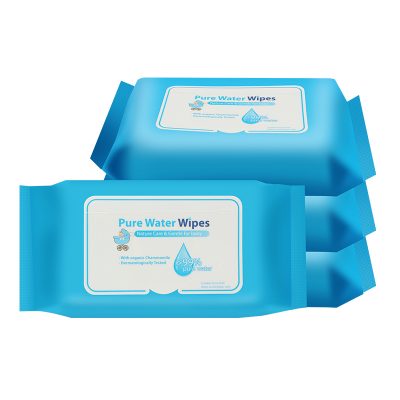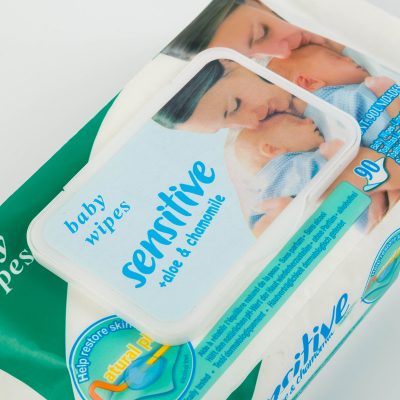Myth 1: Flushable Wipes are Safe for Toilets Flushable wipes are often marketed as being safe to flush down toilets. However, many of these wipes do not break down as easily as toilet paper and can cause plumbing problems. They can contribute to clogs in sewer systems and septic tanks. It’s best to dispose of wipes in the trash rather than flushing them.
Myth 2: Antibacterial Wipes are Necessary for Everyday Cleaning While antibacterial wipes can be useful in certain situations, such as in healthcare settings, they are not necessary for everyday cleaning at home. Regular soap and water are effective at removing dirt and germs from surfaces. Overuse of antibacterial products can also contribute to the development of antibiotic-resistant bacteria.
Myth 3: Wipes Can Replace Handwashing Wipes can be convenient for cleaning hands when soap and water are not readily available, but they are not a substitute for proper handwashing. Handwashing with soap and water for at least 20 seconds is the most effective way to remove germs and prevent the spread of illnesses.
Myth 4: Baby Wipes are Safe for All Uses While baby wipes are gentle enough for cleaning a baby’s delicate skin, they may not be suitable for all surfaces or purposes. Some baby wipes contain fragrances or other ingredients that could cause skin irritation in adults or on certain surfaces. Always read the labels and use wipes as intended.
Myth 5: Using More Cleaning Products Means Better Hygiene Using excessive amounts of cleaning products does not necessarily result in better hygiene. In fact, using too many chemicals can lead to indoor air pollution and may irritate the skin, eyes, and respiratory system. It’s important to follow the instructions on cleaning product labels and to avoid overusing them.
Myth 6: Cleaning Wounds with Alcohol or Hydrogen Peroxide is Best While alcohol and hydrogen peroxide can help disinfect wounds, they are not always the best choice for cleaning minor cuts and scrapes. These substances can be harsh on healthy skin cells and delay the healing process. Cleaning with mild soap and water and keeping the wound clean and covered is often sufficient for most minor injuries.
Myth 7: Hand Sanitizers Can Replace Handwashing Entirely Hand sanitizers are effective at killing many types of germs, but they may not eliminate all types of contaminants, like certain chemicals and heavy metals. Handwashing with soap and water remains the gold standard for cleaning hands thoroughly.
Remember, maintaining good hygiene practices involves using products appropriately and following evidence-based recommendations. If you have specific concerns about hygiene or the use of wipes, it’s a good idea to consult with healthcare professionals or experts in the field.


















